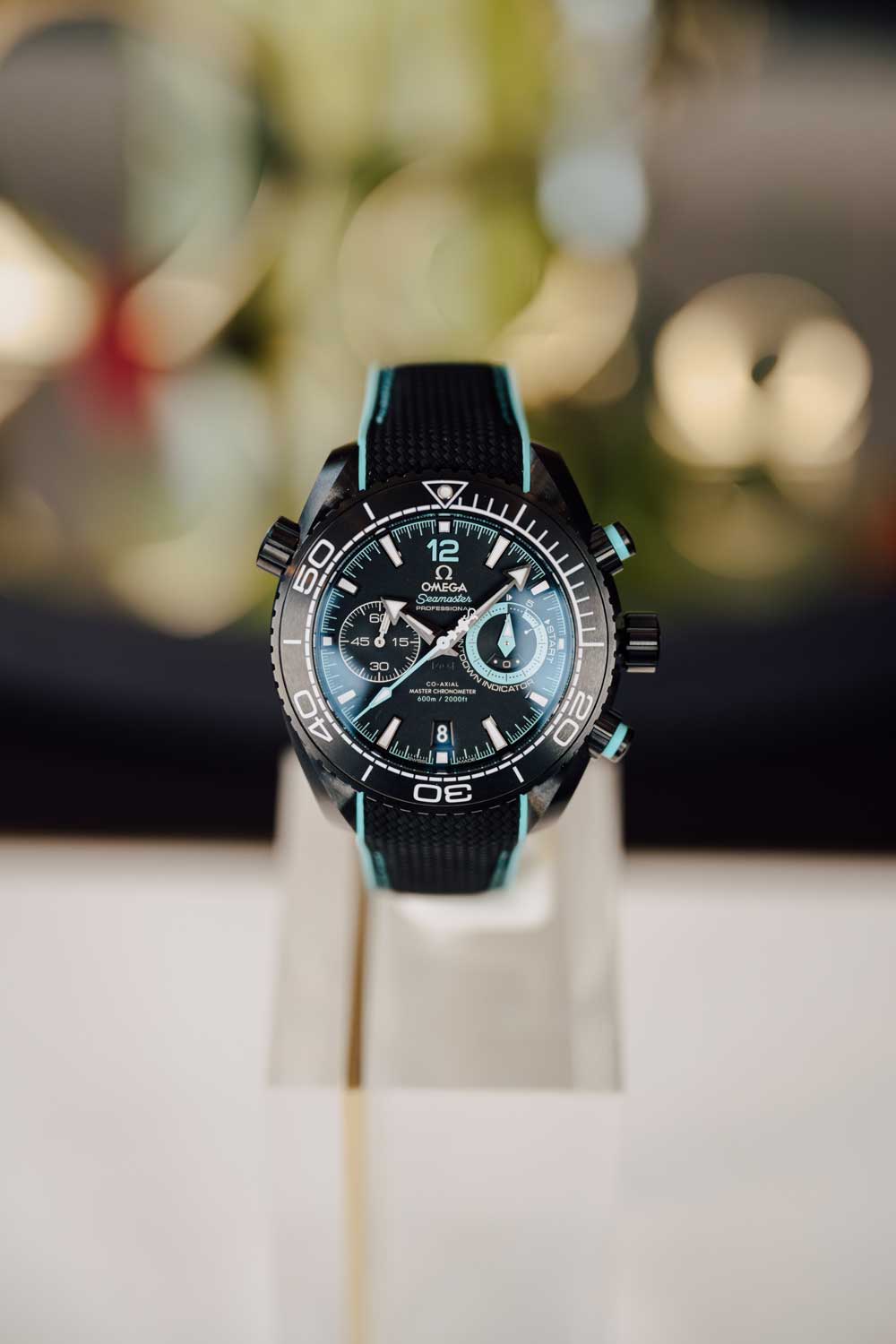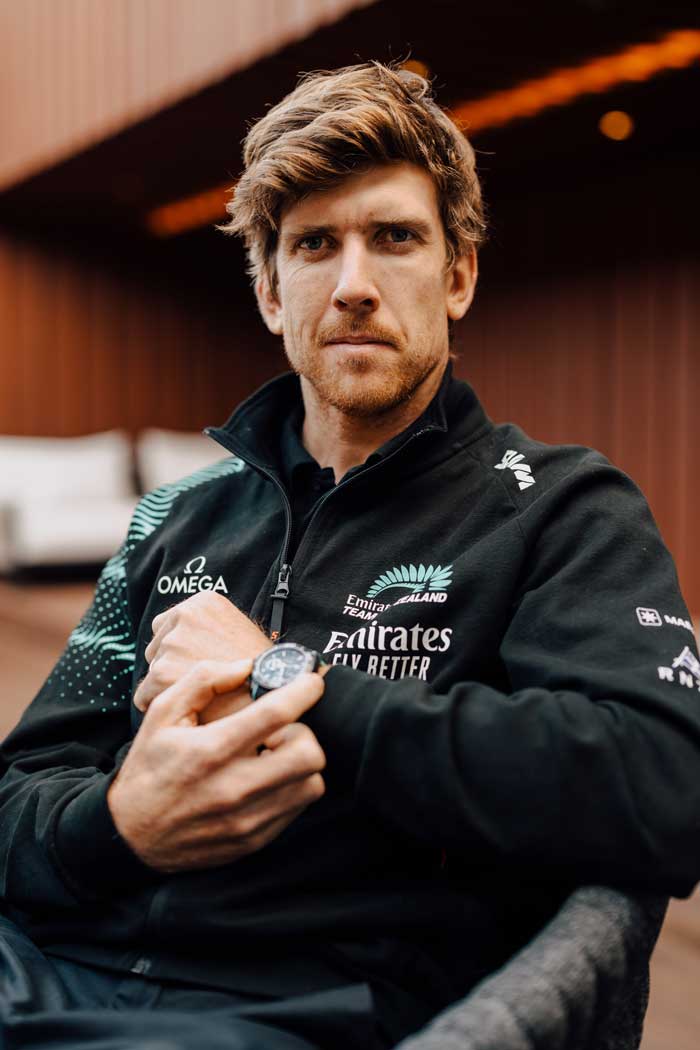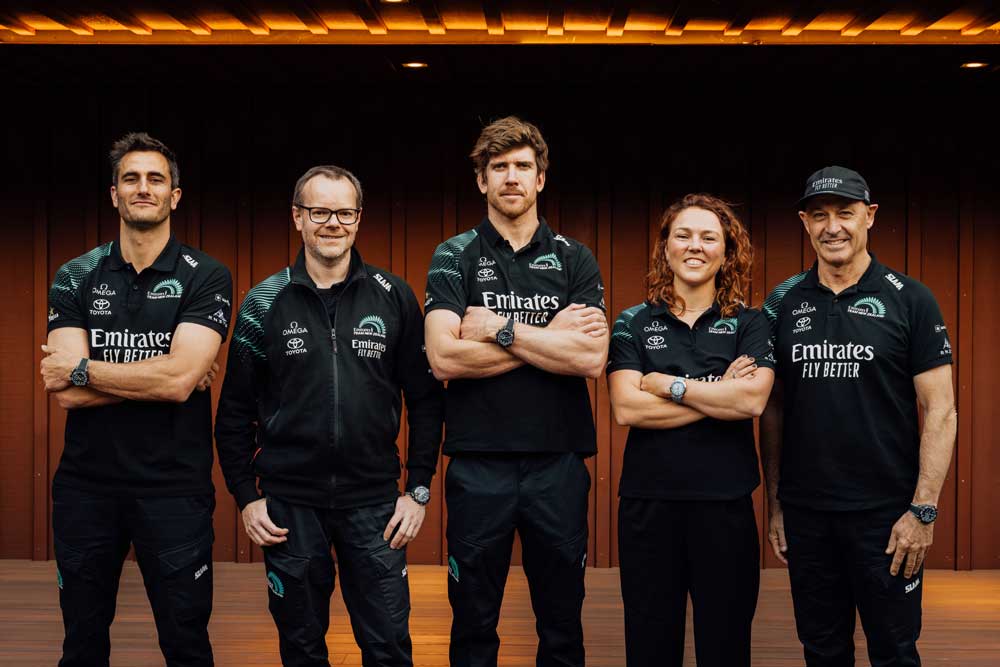Dan Bernasconi: On A Technicality
It’s not every day that you have the opportunity to interview a legend like Emirates Team New Zealand technical director Dan Bernasconi. An english engineer who holds a PhD in modelling (numbers, not runways) and aerodynamics. He worked at McLaren Formula 1 Team for six years (several championships), leading their modelling team, before swapping fast cars for fast boats.
Dan came to ETNZ after the break-up of Team Alinghi in 2010 and was Technical Director of the design team for the winning campaign of the 35th America’s Cup in 2017 and 36th America’s Cup in 2021. He leads the design team for the 2nd Defence of the Cup in 2024 in Barcelona.
A serious resume, yet despite this, Dan is a humble man driven by technical challenge.

Most people come to sailing through a love of the sea, however it seems you started with aerodynamics. Tell us more.
I wasn’t specifically into aerodynamics, nor was I initially interested in cars. After university, I worked at a structural engineering consultancy. My university supervisor, who had moved to McLaren, reached out to me after a few years. Despite my lack of interest in cars, she persuaded me to interview with McLaren. Ironically, saying I wasn’t interested in the job turned out to be a good tactic.
I was involved in modelling the car as a whole. We created physics models to predict performance and optimise lap times by adjusting various parameters, such as tire changes and aerodynamics. One of the innovative things we started was Monte Carlo simulations for pit stop strategies, which significantly reduced the mistakes teams made in real-time decisions.

I was there for six years, working with drivers like Mika Hakkinen and David Coulthard. It was a great experience, and I realised if I stayed any longer, cars would define my career, and I wasn’t passionate about them. So, I left and sought a job in the America’s Cup.
What drew you to the America’s Cup?
I sailed and found boats more interesting than cars. I loved the aesthetic of boats and even considered becoming an architect at one point. My dream was to design classic wooden J-class yachts, but I ended up in the technical side of yachting, which has no aesthetic input at all.
I did a PhD on sail aerodynamics while working with Alinghi. Despite not focusing on hydrodynamics until then, the transition was smooth since both involve fluid dynamics, just with different fluids. The complexity in hydrodynamics arises from operating close to the water’s surface, which presents unique challenges compared to aerodynamics.
While I wasn’t heavily involved in aerodynamics at McLaren, I used the data from aerodynamic tests for our simulations. It wasn’t until my PhD that I deeply engaged with aerodynamics.
I love the technical challenge of accurately representing the world in a computer model and continually improving that model. Understanding why a real-world boat behaves differently from the model and optimising the design based on that understanding is fascinating.

How has your role evolved in America’s Cup?
Initially, I focused on technical aspects, but now I manage a design team of 45 people. While I miss the hands-on technical work, there’s satisfaction in building a strong team and seeing their collective achievements.
Leadership is not something I aspired to, but I’ve come to appreciate the satisfaction of assembling and leading a talented team.
The political side of yacht racing is also a significant part of the job, especially in setting and interpreting rules. After Bermuda and Auckland, I was involved in writing the class rule for the AC75. Balancing rule creation and optimization is challenging but also part of the fun. I’ve always enjoyed debating and arguing, which my mum thought made me suited for law. In team management, you often have to navigate through complex scenarios, using strategies from engineering and personal intuition.

What technical challenges excite you?
One intriguing idea is optimising foil design. Ideally, you’d have a deep, magnetically-held foil to minimise drag, but in reality, you’re limited by structural constraints. The challenge is balancing these technical limitations to maximise performance.
How do you balance innovation and practicality in design?
A cohesive and open team environment fosters innovative ideas. Most ideas might be impractical, but occasionally, a brilliant one emerges. Balancing technical rigour with creative thinking is crucial for breakthroughs.
Seamaster Planet Ocean Deep Black ETNZ Edition
The 45.5 mm Seamaster Planet Ocean Deep Black ETNZ Edition – launched in late 2023 during the preliminary Regatta in Vilanova – blends the black with the turquoise of the Emirates Team New Zealand logo. The indicator’s hand and subdial ring are in Emirates Team New Zealand logo turquoise, along with the minute track, number 12, and central seconds chronograph hand with America’s Cup trophy counterweight.

